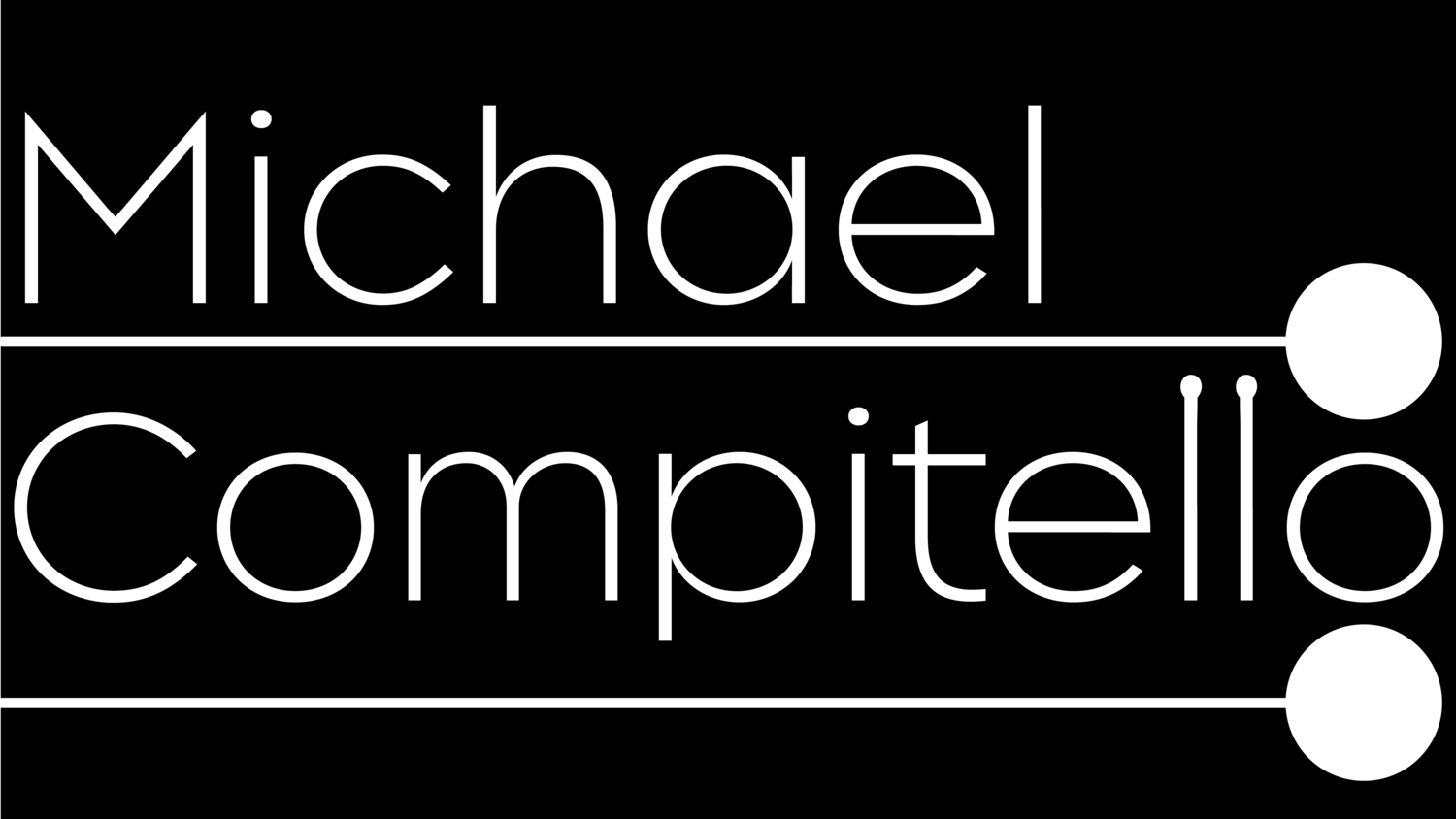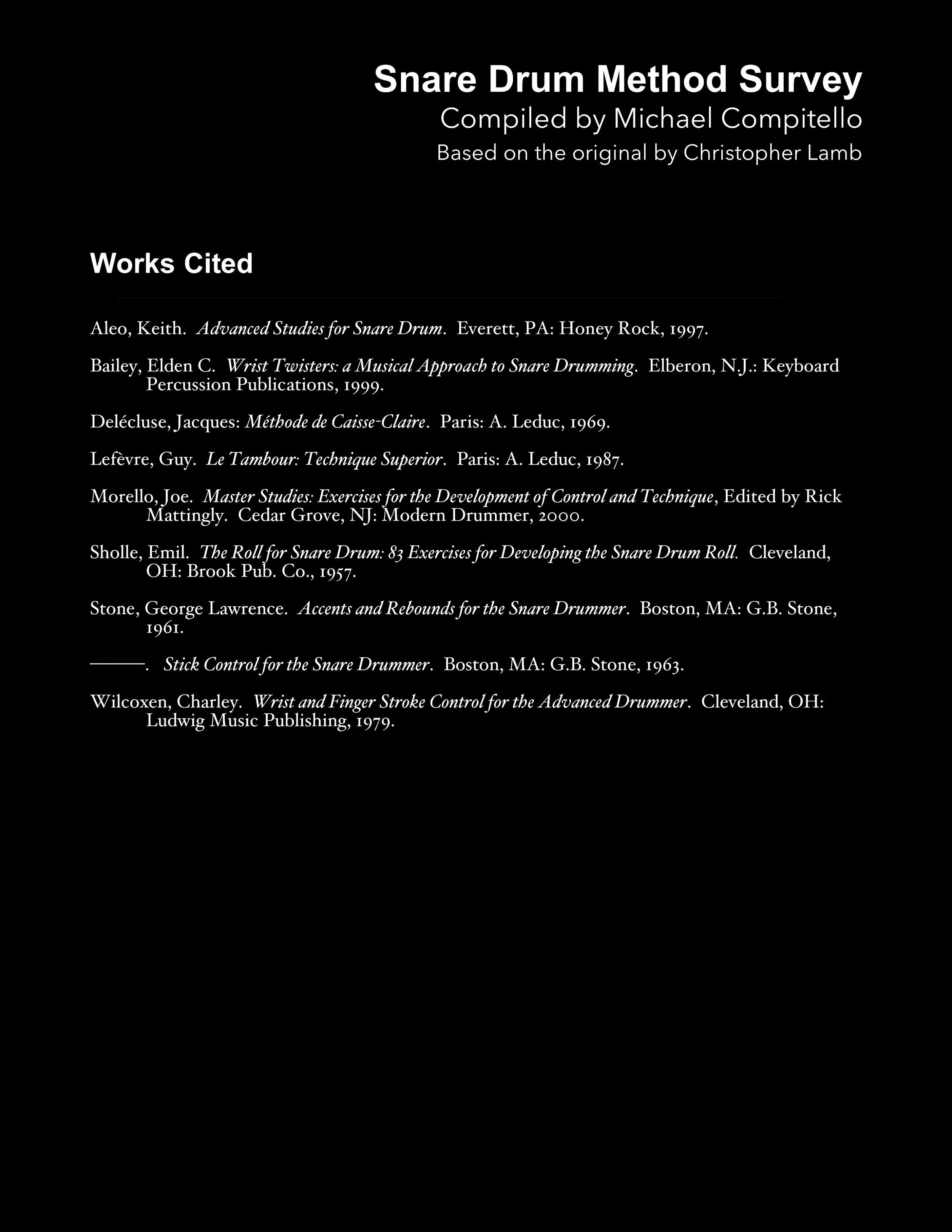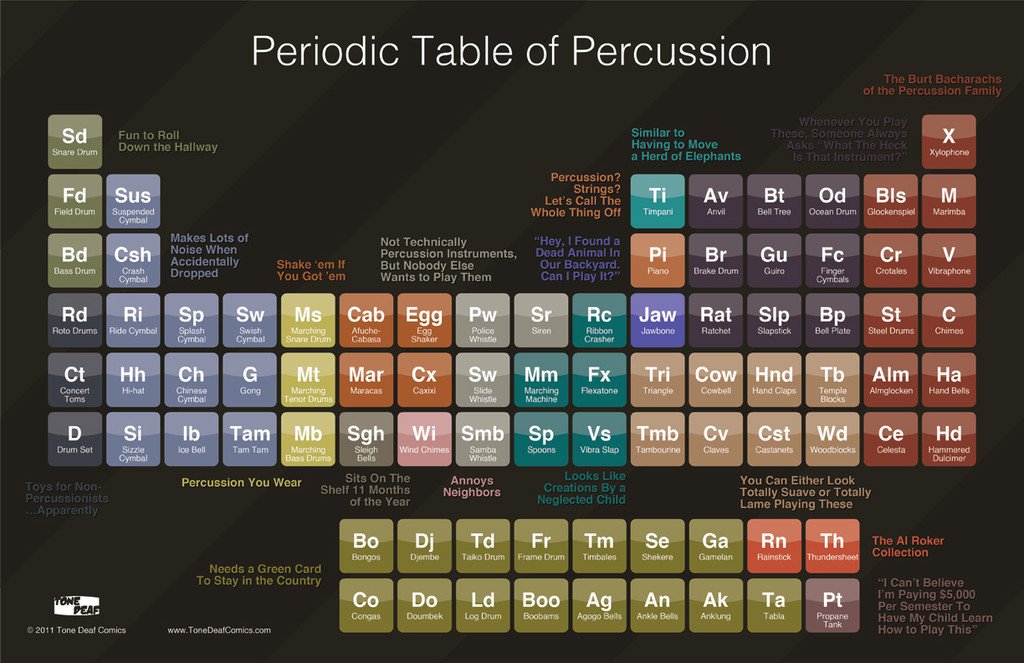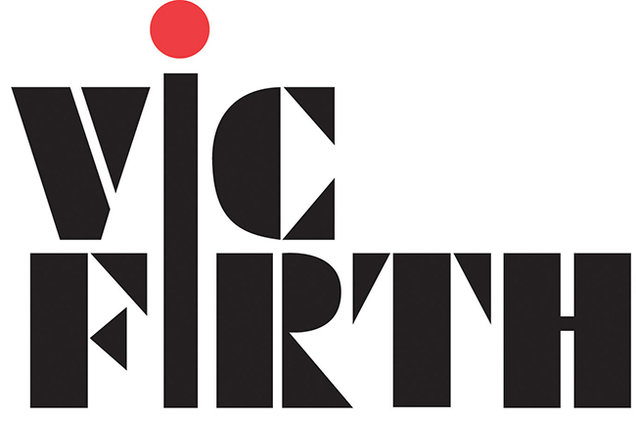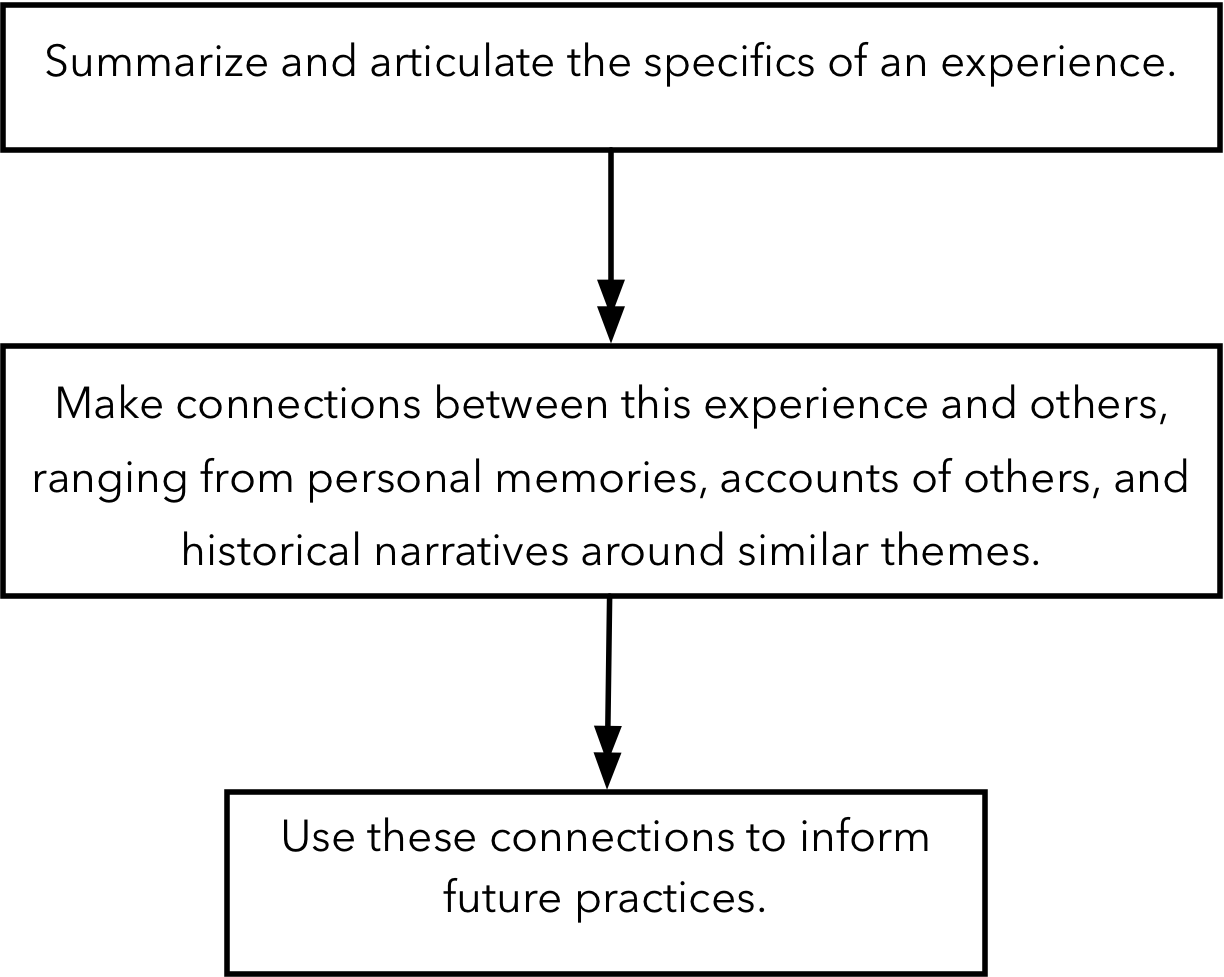Welcome!
I am a percussionist, music-lover, chamber musician, teacher, curator, writer, and life-long learner.
I’ve moved most frequent updates to my two newsletters:
Older news below:

NEWS
Deliberate Practice and Snapping
I can’t snap my fingers. But in a week, I have a recording session with Mike Truesdell where my thumps just won’t cut it.
This week, I’m going to use everything I know about deliberate practice, skill development, and the mind of a beginner to train myself to be an expert snapper. Step one: find a guru. To the internet!
Towards a Taxonomic Method Book
Unsnared Drum is on my horizon. I asked four composers whose music I find riveting to write for an instrument with a reputation of Keanu Reeves-esque monotony with the hope of redefining how we talk about, play, and listen to the snare drum. Over the next months, I hope to reflect a bit on ways in which the snare drum has rather surprisingly formed a part of my artistic practice.
What better way to begin than by discussing technical exercises and method books?
Since arriving at the University of Kansas in 2015, I’ve seen my students struggle with finding flow, that fantastic state of productivity at the intersection of challenge and relaxation, in their practice. In particular, they seem to lose that timelessness of flow when isolating and addressing technical deficiencies. Me too! (For more info about flow, I recommend Astrid Baumgardner's numerous blog posts on the subject, as well as the original text by Mihalyi Csikszentmihalyi)
Maybe this issue could be related to one of my teacher Robert van Sice’s central tenets, that technical development is best approached through repertoire. It’s more cost-effective to see what tools you need and buy them one at a time then to splurge on a gigantic tool set and discover years later that you didn’t need 41 gear pullers. I’d always followed the time honored tradition of scribbling exercises for students on the backs of Rolling in Rhythm or in the top left margin of the first etude in Portraits in Rhythm—I still have what Keith Aleo wrote in mine!—but these tended towards nuggets which students had to expand on their own.
Maybe I could find a text of technical exercises, based on the skills required in my repertoire, flexible enough to pique the interest of all types of learners. Maybe this project could also weaponize my hoarder instinct towards percussion method books.
That’s why I curated my own snare drum method survey.
It’s based heavily (very Very VERY heavily!) on Christopher Lamb’s work. Lamb’s survey takes us through a comprehensive practice routine. He suggests exercises from a variety of seminal American and French texts, and indicates the purpose of each exercise. It’s fantastic, and served me for many years.
My needs were a little bit different. I wanted mine to expose my students to more seminal texts in our pedagogical literature, but to shift the focus towards skills required in chamber music and away from symphonic repertoire (soft playing, extreme timbral flexibility, a general lightness and melodicism). I wanted the ability to have many exercises which articulated in different manners ways of developing similar technical and musical skills. I wanted to be able try an example with a student, and easily find a parallel exercise if the original didn’t resonate.
I wanted to take a variety of lenses to what I consider to be the principal difficulty in playing percussion: creating musical character and inflection on an attack dominated instrument. And, I wanted it to be more accessible than dragging 20 books around.
In essence, I wanted a taxonomy—a method of identifying species and categories of exercises based on shared characteristics—and not a practice routine. Ideally, this text would allow an astute percussionist to observe difficulties in repertoire and easily juxtapose species of similar exercises to buttress their learning.
I made my first version in 2015, and am just completing a new edition for 2018.
The organizational threads are the basic motions we undertake as percussionists.
Lamb's chapters correspond to techniques. I took these headings (genera) and reclassified them as types of motions. I broadened the scope of included species of exercises, drew upon more sources, and retooled the organization to be a little more weaponized, with the goal of addressing what I see as some of the most impactful developments to make to our percussion playing:
I. Mind, Torso, Shoulder, Arm, Wrist, Finger et. al.
Harnessing natural rebound by cooperating with a drumhead or playing surface. Our fingers, wrists, and arms can each independently strike percussion instruments. How does it sound when each group works alone? Developing sonic awareness while coordinating overlapping musculature.
II. Rebounds, Forwards and Backwards (Groups of Two)
To me, rebounds occur two ways. In the wild, their performance emphasizes the natural tendency of the 2nd stroke in a pair to be less strong. The hands are relaxed but the rhythm and dynamic of the two notes are uneven. The second, “domesticated,” format artificially enhances the 2nd stroke of a double to generate evenness in volume and rhythm when necessary. By balancing exertion against the drumhead’s powerful natural rebound, percussionists can harness their relaxation and play with directed laziness.
III. Rolls of all Shapes and Sizes (Three or More)
Sustained sound. Building on the symbiosis between our hands and the natural rebound of the drum, we search for a roll with the same sound color and malleability as our normal strokes, without substantial pressure into the head. Single, double, triple, and multiple bounce strokes are juxtaposed and density of roll varies independently of dynamic.
IV. Agréments, Accoutrements
The bountiful grace notes we use on the snare drum remind me of Baroque keyboard or string playing. Here, we develop rhythmic and dynamic control of grace notes through relaxation and constant motion.
V. Beginning to Begin: Etudes, Exercises Recapitulatifs
Playing with inflection and character: short etudes. Suave, timbrally diverse playing is essential.
While this structure mirror’s Lamb’s, my sections veer towards my own learning style. The exhaustiveness of Stick Control and Syncopation is less inspiring to me than the individualistic stylings of Buster Bailey and Guy LeFevre. Similarly, I prioritized exercises which addressed tendencies of my students: strong wrists and lack of finger control, a disconnect between motion and sound, and desire to control rebound rather than harness it.
Of course, there’s a lot to leave out. Some examples:
- Moeller Strokes—I find this easier to explain in person, as an extension of the arm strokes in the first section.
- Triple Strokes with Arm: I use primarily triple stroke based rolls. I see the advantage as two fold. Since each note in the triple stroke is closer to one another in dynamic, I can roll more slowly than with a press roll. At the same time, the arm-based triple stroke (where the wrists and fingers participate less in the roll than the arms) which allow me more independent and gradual control of density and dynamic. Lastly, I find the sound of the triple stroke to be more similar to the timbre of a relaxed single stroke. Hearing this was like catching an earful of an NPR anchor breathing in on-air. Once you hear it, you can’t unhear it.
- More creative practice techniques. In my own practice, I use lots of rhythmic compression, improvisation, deconstruction, and other fun techniques to give me more ownership over material. In lessons, I try to show this to my students, and decided to leave these transformational techniques out of my text.
While Amy, Nina, Tonia, and Hannah’s pieces may not use every frisé and ratamacue in this text, developing and refining my sense of touch and inflection will surely help me prepare for these four new pieces.
Next time, I want to cover how I use this book, both with my own practice and with my students.
I’d love to know what you think! Drop me a line with thoughts about what could be added, subtracted, or otherwise changed.
Unsnared Drum
I’m excited to announce a new project dedicated to pushing the limit what’s possible with the snare drum. Over the next year four of America’s most interesting composers—Nina C. Young, Hannah Lash, Tonia Ko, and Amy Beth Kirsten—will collaborate with me on new works for snare drum solo with or without electronics or video. These four composers will expand the expressive potential of this underutilized instrument through dramatic, sensitive, creative, and multi-media solos. In the process, we will change the way that people think about, listen to, perform, and practice the snare drum.
I love the snare drum. While I perform frequently on myriad percussion instruments, I’ve always (moderately) comfortable playing the snare drum, and the instrument forms a significant part of my playing and teaching. Yet, the snare drum’s identity as a solo instrument is constrained by its history as a militaristic time-keeper. I believe the snare drum is a vast horizon, both an unexplored taxonomy of sounds and a playground for percussionists’ most subtle and refined techniques.
As Amy, Nina, Tonia, Hannah and I work together over the next year, we will shine a light on our collaborative process, we will posting video and audio of our explorations, written reflections of our work together, and all sorts of snare drum related miscellany.
Thanks to Vic Firth, each of the composers will have an assortment of sticks, mallets, and other implements with which to experiment as they write. I’m also grateful for the support of Pearl Drums, whose drums the composers will be exploring over the next year.
Stay Up to Date
This fall, I’m partnering with Second Inversion to showcase some of our workshopping activities. In the meantime, stay up to date here, and through Instagram (#unsnareddrum).
A Reflection on Reflection
For people who live their lives according to the academic calendar, summer vacation is our “New Year.” This year one of my “New Years Resolutions” was to write more frequently. Writing focuses my mind, and the specificity required to write about music is a frustrating challenge. I want to use my blog to describe and clarify valuable experiences, and use those reflections to support creative works in process. I thought I’d begin with an ode to reflection, the perhaps the most valuable part of my own creative work.
My students at the University of Kansas have all sorts of amazing musical experiences. Some of these take the form of slow, hard earned epiphanies. Others, though, are rapid fire “epoofanies” (a tiny epiphany): a comment in a percussion group coaching, the way a guest artist inflects a melodic line, a composer’s choice of adjective, or the sudden burst of adrenaline from that first perfect four stroke ruff. This all in one day! Unfortunately, we’re all busy. How do we continue to grow when the growing experiences seem to come too quickly to process in the moment?
For me, the answer has always been reflection. This idea that we do not truly learn something until we both experience it and reflect upon it is a significant part of my teaching, and a tremendous part of my personal learning.
Simply put,
Learning = Experience+Reflection
Reflection involves articulating the specifics of an experience, making thematic observations, and connecting these experiences to broader contexts.
A Sample Reflective Process:
I’m hoping to use specific examples from my own projects to unfold these ideas in future writing. For now, I want to focus on what reflection can do for performers, and why taking time to assess and articulate our experiences can inform works in progress.
What
Habitual Journaler Doogie Howser uses reflection to trigger an epiphany.
I taped almost every lesson I took during my undergraduate degree (“nerd!”). Even though I took copious (and, it turns out, illegible) notes during lessons, my written summaries of lesson recordings—typically made the same day or one day after—were more coherent and cogent. Reflection for me was and is a journey that begins with refined summary and deliberate mental organization. (Mine include frequent outlining, lots of charts, an occasional Ven diagram). I can’t understand a concept unless I’m able to re-articulate the essential elements of its argument in my own words. In college, I double-majored in History, and much of my work understanding voluminous, semi-interesting tomes lay in creating an outline, distilling an author’s arguments and re-articulating them in my own words.
Why
This style of reflection, focused on careful distillation and not transcription (I’m no Pierre Menard), is a terrific way to draw parallels with other experiences and develop critical thinking. Reflecting on a masterclass you attended could allow you to work out a larger idea about music from a specific insight describing the problems encountered in learning a marimba solo could remind you of a great practice technique your teacher might have mentioned in your lesson in a class years ago. Reflection can CREATE epiphanies. Just look at master detective Hercule Poirot, who reflects upon his observations during a case, draws connections between the cast of rogues which inevitably surrounds him, and crafts well timed epiphanies:
A point of inflection for KU students. Hope they reflected!
For performers, frequent reflection on rehearsals, lessons, practice sessions, etc focus longterm projects by helping us articulate major themes amidst the daily weed-whacking of practice. In February, KU was lucky to host a masterclass from MET timpanist Jason Haaheim (BTW, check out his blog), and during his information-packed presentation I reflected of the power of reflection in learning maximization (I promise I was paying attention!). I loved his insight that an astute learner brings their teacher problems to solve, not mysteries to diagnose, and that a single lesson should take creative student weeks to fully actionize. Jason highlighted the importance of immediate and focused feedback in the practice room and long-term tracking at the computer in learning and retaining new information. I would add that prose is also a valuable technique for analyzing progress within the practice room, a helpful change of medium that might jostle free some revelatory observations.
Reflection also allows us to work towards not making the same mistakes twice. Recently, I’ve been trying to use Carol Dweck’s notion of the growth mindset to dispel my anxieties and calm negative self-talk. (Productivity guru Astrid Baumgartner has a great summary of Dweck’s writing as it applies to practicing musicians). While I look forward to unpacking those ideas more fully in the coming months, I was struck by the degree to which a growth mindset can be enabled and reinforced through reflection. Reflection serves as reframing, as positive empowerment. “I did more than I thought! I’m not at my goal yet, but I’m taking steps to get there.” At the same time, reflection is a way for critically thinking artists to evaluate and keep tabs on their process.
This notion that a dialogue between action and reflection can empower creativity is especially important to those of us who struggle with doubt and indecision. Self doubt is a constant in my artistic projects; always lurking, but rarely articulated, a silent partner to the types of projects I aspire to as a percussionist, educator, collaborator, and curator. Because of this, I’m resolving to be more public with my own reflections with the hope that they will serve as a counterbalance to the cloudy glaucoma of doubt and keep me rolling. Perhaps by publicizing what’s on my plate and reflecting publicly (although, let’s be honest…) on how the issues could be emblematic or representative of the kinds of wonderful creative collaborations happening all around the world, I can empower myself to think more clearly about my own artistic practice and agitate my little grey cells.
Community Building through Commissioning: Catharsis
Today opens David Crowell week for New Morse Code. On the docket:
- Workshop his new cello/percussion duo
Catharsis at Avaloch Farm. - Record Catharsis at Guilford Sound.
I met David at the Bang on a Can Summer Music Festival, where where Vicki Ray, Isabelle O’Connell, Brian Archinal and myself premiered his Mapfumo. Since then, I’ve enjoyed following his work. He’s a fantastic performer and deft composer, touring with the Phillip Glass Ensemble on saxophone and playing guitar with Empyrean Atlas. I love the vitality of Empyrean Atlas’ music, the way in which the loops of West African-inspired riffs conspire to create deep harmonic textures. Layers of rhythms become a sustained texture which drives the music inexorably forward. No long tones in sight, but larger lines are inferred through the repetition gradual harmonic change.
I followed with interest his album-length project with Brian Archinal, and when Ian Rosenbaum asked me to join an all-star consortium to commission a marimba+electronics solo from David, I jumped at the chance. I like the way in which the resulting work—Celestial Sphere—blended the two aspects of David’s music: long layers of slowly changing harmony, and fast-driving hocketing rhythms with asymmetrical verve. David expanded these ideas in his Music for Percussion Quartet, a really killer four-movement work. In these percussion works, David takes interlocking patterns and slides them out of their grid, using clashing rhythms (quintuplets against sextuplets against 16th notes, for example) to create clouds of harmony. As it turns out, marimbas and vibraphones are well-suited to repeatable loops of fast, short notes. I hear Sandbox Percussion’s recording of Music for Percussion Quartet is coming soon. I can’t wait
After being in touch with David about performances of Celestial Sphere and Point Reyes in Kansas, Hannah and I asked him if he’d be interested in working on a piece for cello and percussion. Since New Morse Code’s mission is to build community through music-making, we organized a consortium of 19 cellists and percussionists from across the country to commission David.
We wanted a work that could be performed by the two of us, but could also be a platform for collaboration with our friends and colleagues. Catharsis is written for 2 live performers and a number of pre-recorded cello, percussion, and vocal tracks. The work can also be performed by 4 players, with reduced electronic forces.
The demos David sent us sound amazing, with a great combination of vitality and sensitivity. After receiving a final draft a few weeks ago, Hannah and I have been busy preparing our parts. I’m dusting off my 7:8 and knocking the rust off of my drum set chops. This week, David is coming up to Avaloch Farm Music Institute to workshop the piece. After a few days, we’ll head to Guilford Sound for two days of recording. I can’t wait to see how the whole thing sounds.
Time to practice!
Much of the work New Morse Code does is centered on building community through music. In many instances, we think of relationships between performers and audiences, between composers and performers, and between communities and the common issues that unite them. What’s exiting about Catharsis is that we’re working to build community among cellists and percussionists. It’s been a joy getting to know other musicians through the commissioning process. And, since the piece is performable by a quartet, I hope to play with everyone involved in the near future. Stay tuned for the results!
